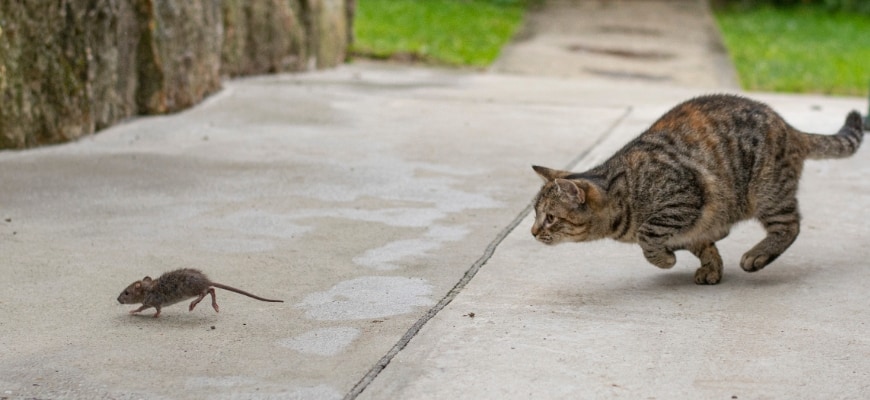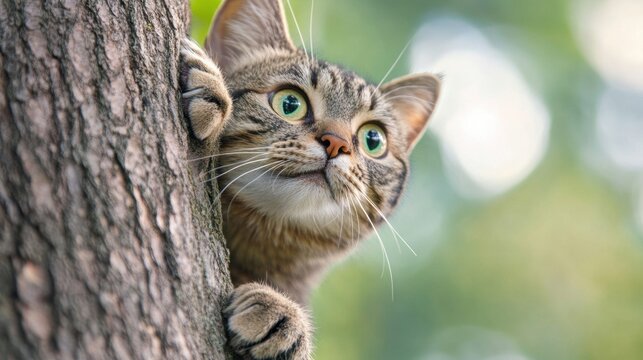10 Fascinating Facts About Cat Hunting Behavior
Cats are natural-born hunters, and their hunting instincts remain strong even in domesticated environments. Here are 10 key facts about cat hunting behavior:
Inherited Instinct: Domestic cats evolved from wild ancestors, and their hunting instincts are deeply embedded in their DNA, regardless of whether they live indoors or outdoors.
Stalking and Pouncing: Cats follow a predictable hunting sequence—stalk, crouch, focus, and pounce. This mirrors the behavior of wild cats ambushing their prey.
Hunting Without Hunger: Cats often hunt even when they’re not hungry. Hunting provides mental stimulation, satisfies instinctual needs, and allows them to practice skills.
Playing with Prey: What looks like “playing” with prey—batting or tossing it—is a survival strategy. Cats weaken or disorient prey to ensure it can’t escape before they finish the hunt.
Bringing “Gifts”: When your cat brings you a dead mouse or insect, it’s not just a present. In the wild, cats bring prey to a safe spot to eat or share with their family.
Crepuscular Activity: Cats are crepuscular, meaning they are most active at dawn and dusk. These times mimic their natural hunting hours in the wild, explaining their evening “zoomies.”
Practice Through Play: Toys that mimic prey—like feather wands, balls, or laser pointers—allow cats to practice their hunting skills and prevent boredom in indoor environments.
The Kill Bite: Cats instinctively deliver a “kill bite” to their prey’s neck, severing the spinal cord. This behavior shows up in play as well, where they may bite or hold down toys.
Vertical Space for Hunting: Cats love to climb and perch. High places mimic the vantage points from which wild cats observe their surroundings or spot prey.
Hunting as a Stress Reliever: Hunting or simulated hunting (through play) helps relieve stress and provides essential physical exercise, making it vital for a cat’s well-being.
Understanding these behaviors helps you better cater to your cat’s needs and create an enriching environment for them to thrive.


Comments
Post a Comment